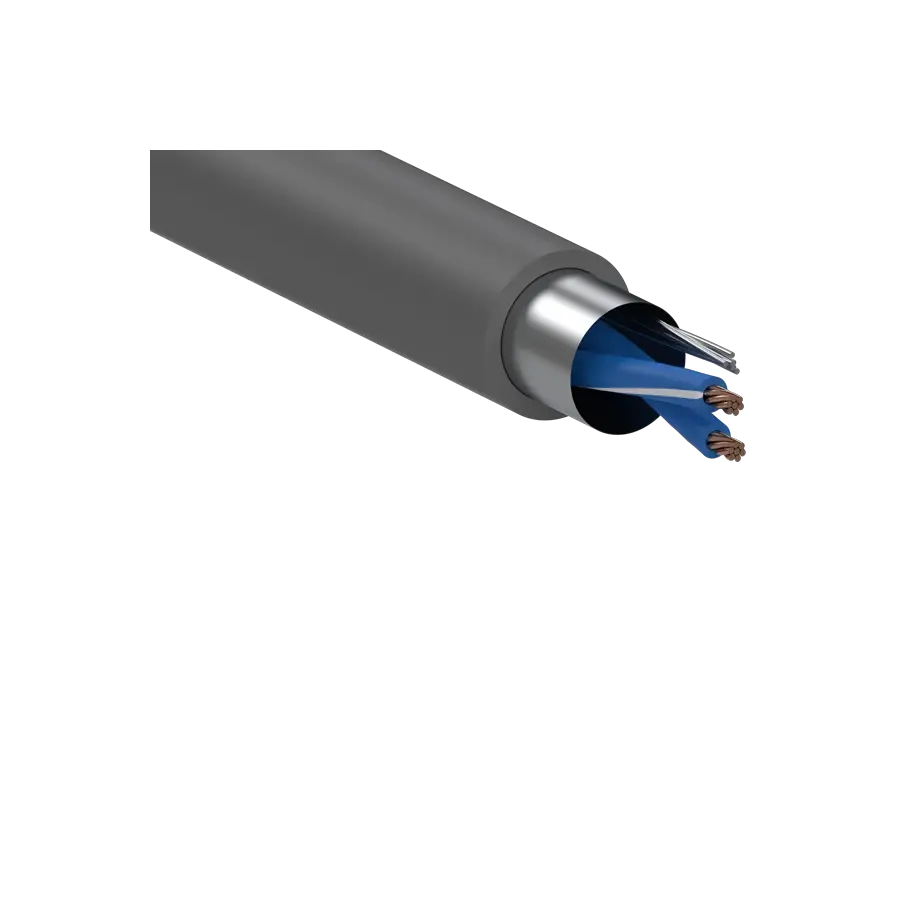Kingsgrove Branch:
Data Cable

G'day! In a modern Aussie home, a solid internet connection is just as important as electricity and running water. We rely on it for everything from streaming the footy to working from the kitchen table. While Wi-Fi tech has come a long way, there is still no substitute for a physical connection. If you are sick of buffering symbols and lag spikes, the solution usually lies in upgrading your data cable.
It might seem like old-school technology in a wireless world, but high-quality cabling is the secret weapon for a fast, reliable network. Whether you are building a new place or retrofitting an existing one, understanding the basics of data cabling will help you get the most out of your NBN connection.
Choosing the Right Cable for the Job
When you start looking into networking, you are going to be hit with a lot of acronyms. The most common types of data cable you will encounter are Cat5e and Cat6.
Cat5e: This was the standard for a long time. It is capable of Gigabit speeds, but it is starting to show its age. It has less protection against interference and lower bandwidth capabilities compared to newer standards.
Cat6: This is the current go-to for residential and commercial jobs. It features tighter twists in the copper wires and often includes a plastic separator to reduce "crosstalk" or signal interference. If you visit a local electrical wholesaler to pick up supplies, they will almost certainly recommend Cat6 as the minimum standard for any new installation. It can handle higher data transfer rates and ensures your home is future-proofed for years to come.
The Benefits of Hardwiring
Why bother running cables when Wi-Fi exists? It comes down to consistency. Wi-Fi signals can be blocked by brick walls, interfered with by microwaves, or simply congested by too many devices. A dedicated data cable provides a direct, uninterrupted highway for your internet traffic.
- Gaming: A physical cable offers the lowest latency (ping), which is the difference between winning and losing in online games.
- Streaming: High-definition 4K and 8K video requires massive bandwidth. Cabling your TV ensures a smooth picture without the dreaded loading circle.
- Security: Hardwired security cameras are generally more reliable than their wireless counterparts as they don't depend on Wi-Fi signal strength.
Installation: Know the Rules
This is the most critical part for any DIY enthusiast to understand. In Australia, the installation of fixed data cable that connects to the telecommunications network (which includes your home internet) is regulated work.
You cannot legally run these cables through your walls, roof cavity, or under the floor yourself. This work must be performed by a registered licensed cabler. These professionals have the training to ensure the cabling is installed correctly, keeping it separated from electrical power lines to prevent interference and safety hazards. While it might be tempting to have a go yourself, it is not worth the risk or the potential fine. Always hire a pro.
Quality Components Matter
If you are going to the effort and expense of cabling your home, you want to make sure the gear you use is up to scratch. Using cheap cable with high resistance can slow down your entire network.
Schnap Electric Products is a leading supplier for the trade industry in Australia. They stock a massive range of professional networking gear, including high-performance data cable rolls, patch panels, RJ45 jacks, and wall plates. By supplying the same trade-quality equipment you would expect to find at any major electrical wholesaler, Schnap Electric ensures that your home network is robust, compliant, and ready for high-speed data. If you want a connection that flies, make sure your installer is using quality gear from Schnap Electric.
Recent posts

Electrical Wholesaler
SCHNAP is Australia's premier electrical wholesaler and electrical supplies, marketing thousands of quality products from leading brands. Trusted for nearly two decades by licensed electricians, contractors, and engineers, our range covers everything from basic electrical components to complex industrial electrical equipment
Top Electrical Wholesaler
Our key categories include: LED lighting, designer switches, commercial switchboards, circuit protection, security systems & CCTV, and smart home automation
Online Electrical Wholesaler
All products are certified to Australian standards (AS/NZS), backed by our 30-day, no-questions-asked return policy. Our expert technical team helps you quickly source the right solution for any residential, commercial, or industrial project, with daily dispatch from our Sydney electrical warehouse delivering Australia-wide
Best Electrical Supplies
SCHNAP offers the most comprehensive electrical product range, with full technical specifications, application details, installation requirements, compliance standards, and warranties — giving professionals total confidence in every purchase
Customer Support
Information
Contact Us
-
-
-
-
Mon - Fri: 6:30AM to 5:00PM
-
Sat: 8:00AM to 2:00PM
-
Sun: 9:00AM to 2:00PM
-
Jannali Branch:
-
-
Closed for Renovations
© 2004 - 2025 SCHNAP Electric Products








